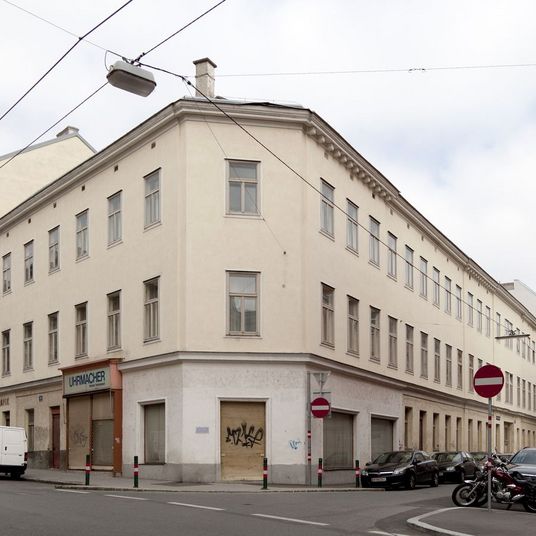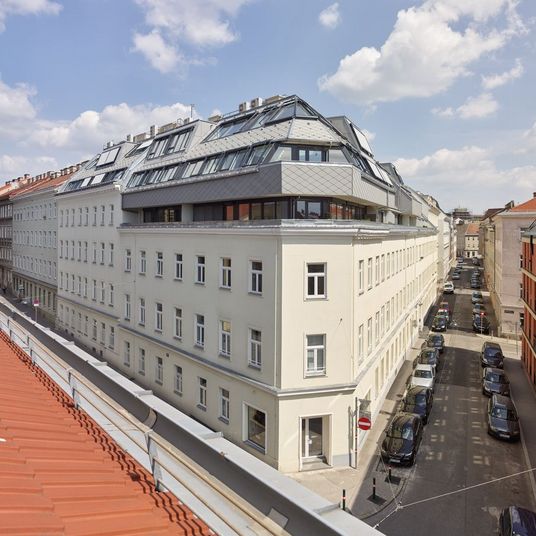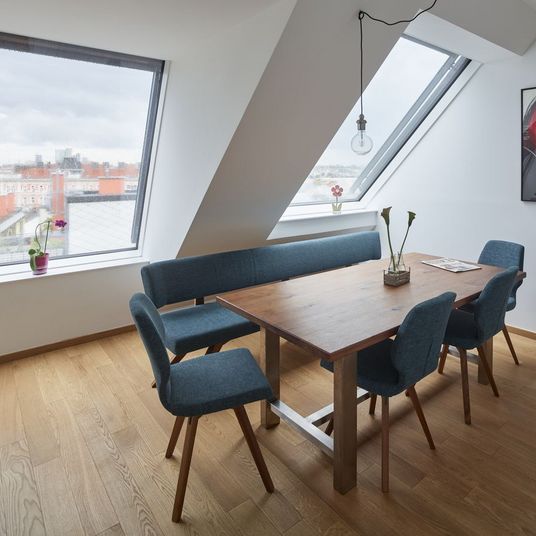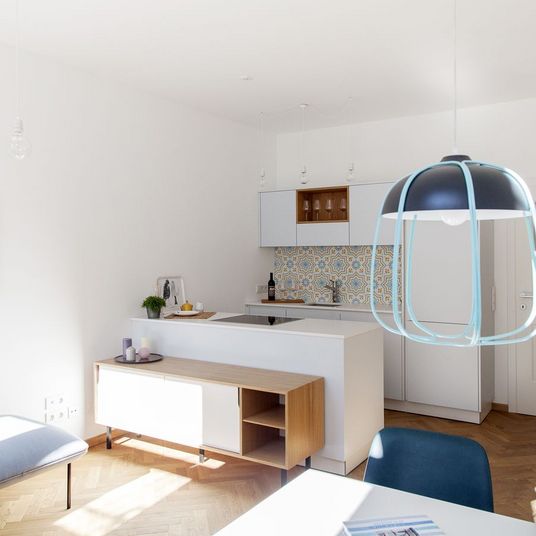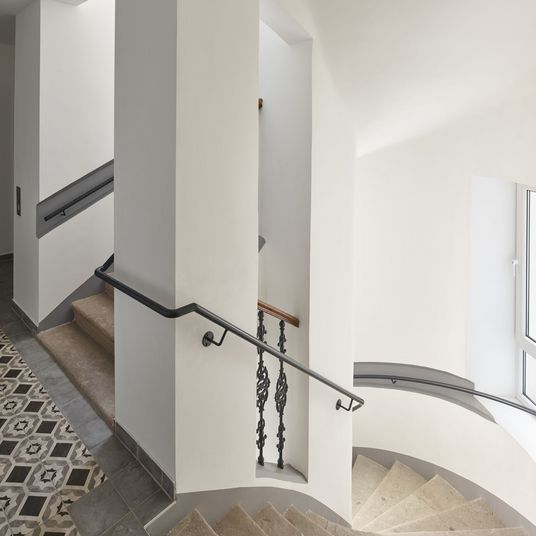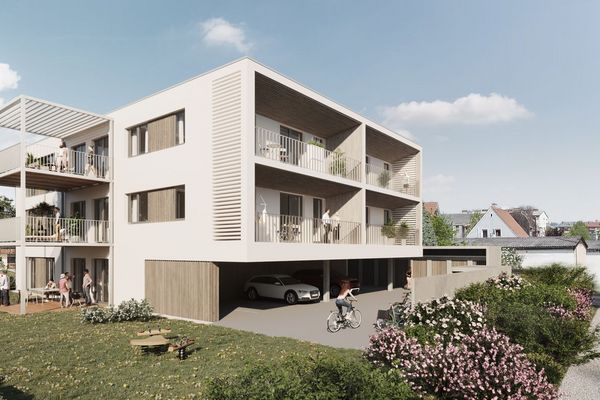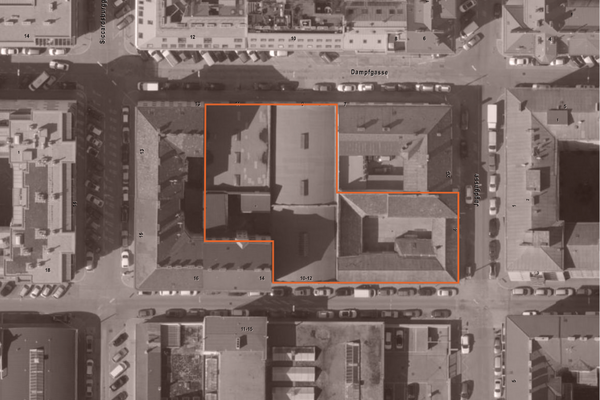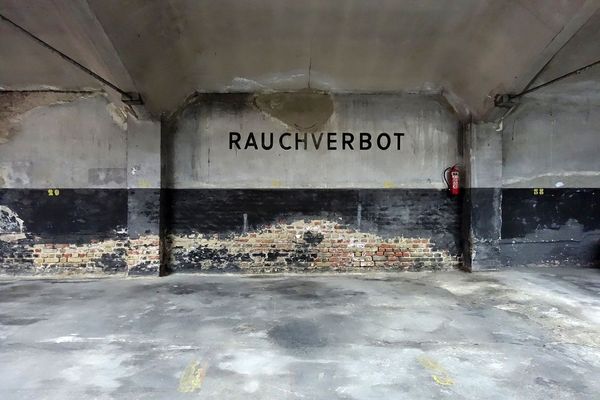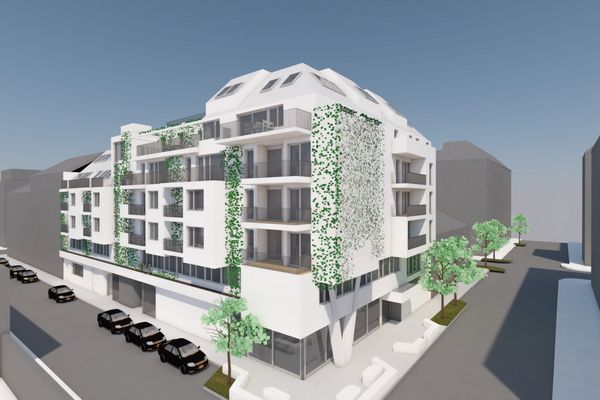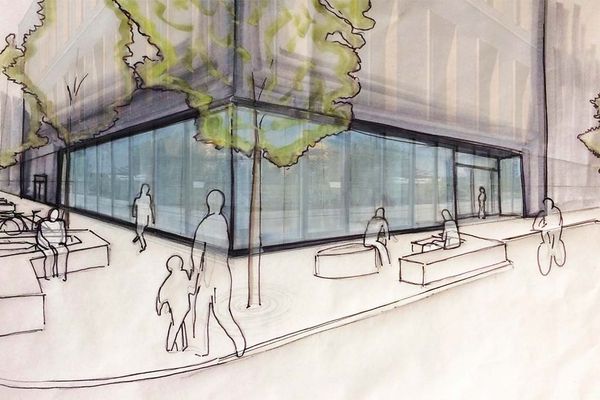Think urban #1:Densification?
- Topic
- Inspiration & Information
- Date
- 24.09.2019
THINK URBAN #1: From quality of life to climate change and lack of space—the challenges of urban densification
Our cities are growing. By 2050, almost 70% of the world’s population will live in urbanized areas. The consequences: Cities are becoming denser, land is becoming scarce, and living space is becoming increasingly in demand and more expensive.
Vienna, a city deemed to have the highest quality of life in the world for the tenth time running, is of course no less affected by these developments. At the same time, global warming is wreaking havoc as well, presenting urban planners with a new challenge: How is it possible to create more living space while maintaining the overall quality of life? At various scientific and political levels, urban and regional planners, politicians, architects, and many other experts are seeking answers to this question.
The task of real
estate developers
As developers in densely populated urban areas, we too deal with these issues on a daily basis, sometimes in dialogue with politicians in an attempt to contribute solutions.
Developing urban living space means influencing the living space of a great many people and creating homes for the future. In light of the urban densification dilemma outlined above—and with ever more complex demands on the creation of living space in cities—the comprehensive and sustainable planning of this living space is becoming increasingly important.
Most of our team members grew up in the country. Even though we love going “home” and highly value the country life, we have also become true “city folk”. So how can a city—our city—grow?
Densification AND
Feeling Good
Cities can grow in height and in width. This can mean inner-city rooftop additions, the expansion of the suburban belt, or the rezoning of unused inner-city areas, as often occurs with old train stations or industrial grounds.
If you want to increase the height of an existing building, you can add on to the attic story. Here in Vienna, however, there are very clear rules: Each plot of land has guidelines regulating the extent to which development is permitted. These parameters are laid out by building regulations and zoning.
When the attic floor of an apartment building is converted or added on to, it often goes hand in hand with a complete renovation of the entire building: An elevator and private outdoor spaces are added, hallway toilets disappear, floor plans are reimagined and adapted to contemporary needs, and useful spaces such as stroller, bicycle, and garbage rooms are created. The building is upgraded to be fit for the future, from foundation to utilities to a modern energy system. In this way, an attic conversion not only creates modern living space for new residents, it also raises the quality of life for the existing residents.
A good example of this is our The Victoria project in the up-and-coming 15th district. Here, we didn’t just create 19 new penthouse apartments, we also renovated the entire structure of the old building and added all the amenities of modern life. In addition, the inner courtyard, previously paved over, was brought back to life with nature. The people living there appreciate it so much!
But...
urban space for upwards growth and densification is limited!
Many of Vienna’s attic stories have already been converted over recent decades.
Graz is also growing robustly. Our City. Country. Kisses. project focuses more on the outskirts of the city. There is currently one lone single-family house standing there, which nobody wanted to live in anymore. So much unused space.
And so this is where we will build a three-story apartment building with 13 apartments. There is still plenty of space, it’s just that we’re using the areas much more sensibly. The project is located in an area that is currently undergoing major changes—and there are a great many old and new buildings. At the foot of the Plabutsch Recreational Area, we are creating living space in a traffic-calmed zone with an almost village-like character in a fully functional neighborhood.
The community feeling
is what counts!
Beyond a well-designed overall building and an attractive apartment, a sense of community also has a crucial impact on quality of life. The heart of a neighborhood exists in diverse, almost village-like structures—a grocer around the corner, your favorite pub across the street, good transport connections, and lively public places.
In the best case, community structures already exist and are simply incorporated when developing real estate. Sometimes, however, they must first be created. Often, a property will already be zoned for mixed use, particularly on the ground floor. And that’s a good thing! A balanced mix of residential, commercial, retail, offices, and restaurants is always a decisive factor for personal well-being and for the holistic development of a neighborhood.
Our project The Blend already has the mixed use worked into its name. It is located not far from the newly developed area around Vienna Central Station, in Favoriten, a district that has a polarizing reputation for many. Currently, we are waiting for our rezoning to come through, and we’re hopeful that it will meet the needs of our concept as much as possible—because we are convinced that what we’re doing is a great thing.
Right now, the property is occupied by a single-story parking garage. We want to build a new multi-story building in its place, with all the advantages a new building brings with it: full restructuring of all areas, apartments with contemporary floor plans, private outdoor spaces, communal communication zones, and a pervasive greening concept that equips the building for climate-related challenges. In addition to building attractive apartments, we’re particularly interested in realizing the mixed use concept mentioned above. For example, offices are planned on the first upper floor, along with a kindergarten, and in the ground floor area we have a special concept that encourages the sale of regional products and brings the neighborhood together for events.
And that’s the bottom line!
If one creates revitalizing structures together with attractive living space, people will move to parts of the city that were previously not very lived in or popular. This influx in turn shapes the character of the neighborhood, usually changing it in very positive and lively ways. Long-time residents can be somewhat skeptical about such changes initially but, in the end, often have to admit that the pleasant aspects outweigh the negative ones.
How is it possible to create more living space while maintaining the overall quality of life?
This is our starting question. We are convinced that the different types of densification—upwards, outwards, and rezoning—must be carried out together in parallel and that it is possible to preserve and create a high quality of life even with densification. The key factor in this is always keeping the big picture in mind while enlivening and expanding community structures.
Only by living in it does the feeling of being at home in a neighborhood emerge. And, in all our projects, our goal is to make it possible to experience the kind of “living in” that creates the feeling of being at home. Through the structured, well-planned growth of the city, which includes small-scale neighborhood life for the people who live there, with all their needs, a high quality of life can not only be maintained but also transformed in newly developed areas.



